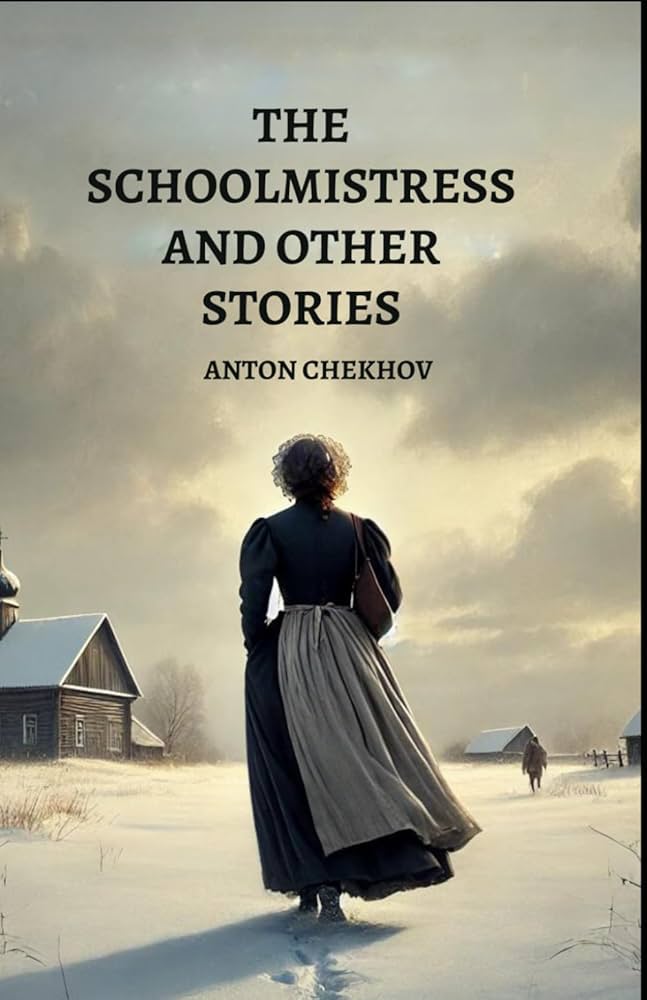PANIC FEARS
byPanic Fears begins with a deeply atmospheric account that unsettles the senses and stirs the imagination. On a warm and silent July night, the narrator travels down a lonely country road to fetch the evening’s newspapers. The world feels hushed, suspended in a strange kind of stillness, when suddenly he spots a flickering light on the village belfry—a light that defies explanation. There is no practical reason for it to be lit, no recent events that would account for it. His mind races to rationalize what he sees, yet logic slips away in the presence of this quiet but persistent glow. A powerful sense of fear wraps around him, not because of any immediate danger, but due to the eerie clash between the familiar and the inexplicable. Even as the light fades and he returns to a normal setting, the unease lingers, a silent echo of the ungraspable moment.
The next moment of dread strikes under a different moonlit sky, this time after a pleasant and romantic evening. He walks beside the railway line, lulled by the songs of night creatures and the softness of the mist. Without warning, a dark form barrels toward him—a lone railway truck, clattering down the line without an engine or crew. It moves fast, unannounced, as though summoned by some unseen force. This mechanical ghost cuts through the peace of the night and shatters his sense of safety. He runs without thinking, heart pounding, spurred by the sound and motion that don’t belong. Later, when a signalman offers a rational explanation, it cannot erase the memory of the fear. What grips him is not just the event itself but the shock of how quickly serenity can twist into panic, how the unknown taps something primitive and uncontrollable in the mind.
The final story finds him deep in the woods, where fading daylight and rustling leaves create a sense of isolation. A black water spaniel appears as if from nowhere, its dark eyes calm and unreadable. The dog sits quietly, almost too still, its presence a puzzle the narrator cannot solve. He wonders how the animal came to be there and why it behaves with such unnatural poise. There is no collar, no master, no indication of a path taken. As the woods darken, its gaze seems more like a question than a comfort. What started as a curious meeting turns into unease, as if the forest itself were keeping secrets. The weight of unspoken things presses against him, and the simple act of being watched becomes overwhelming.
These encounters are not defined by horror in the traditional sense—there are no ghosts, no violence, no threats of harm. What makes them terrifying is their subtlety and timing. They take place in the quiet places, between thought and instinct, where the ordinary suddenly shifts and becomes strange. These stories capture the essence of panic not as chaos but as stillness twisted into something unfamiliar. The brain scrambles to impose order, yet the fear is already rooted before sense can be made. This type of fear is difficult to explain, but easy to remember—because it bypasses thought and goes straight to the body’s alarm system. What one can learn here is how humans respond to moments that seem out of sync with the rules of nature and society.
At the heart of these experiences is the fragility of perception. When something doesn’t fit the expected pattern, no matter how small, it can make the world feel suddenly unsafe. It’s not the danger that causes panic, but the uncertainty—the realization that not everything is understood. Many readers will relate to these moments, having experienced similar bursts of fear without knowing why. Whether it’s a shadow in the corner, an unexplained noise, or an odd silence, such moments remind us that fear often comes not from outside threats, but from our inner struggle to make sense of what doesn’t quite belong. Through these episodes, the narrator invites reflection on how quickly control can dissolve in the face of the unknown—and how deep, and lasting, that kind of fear can be.

